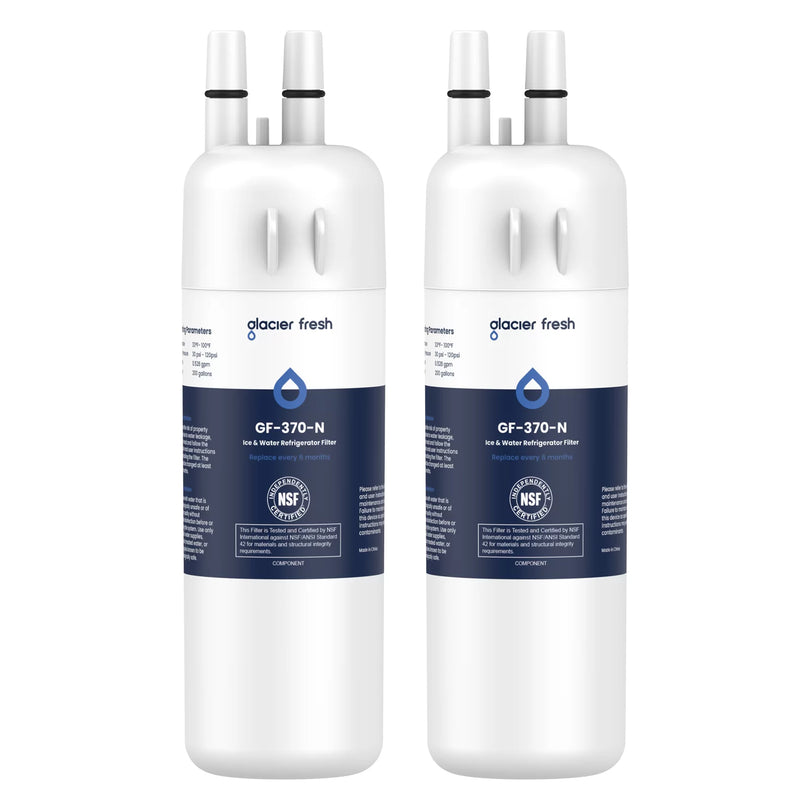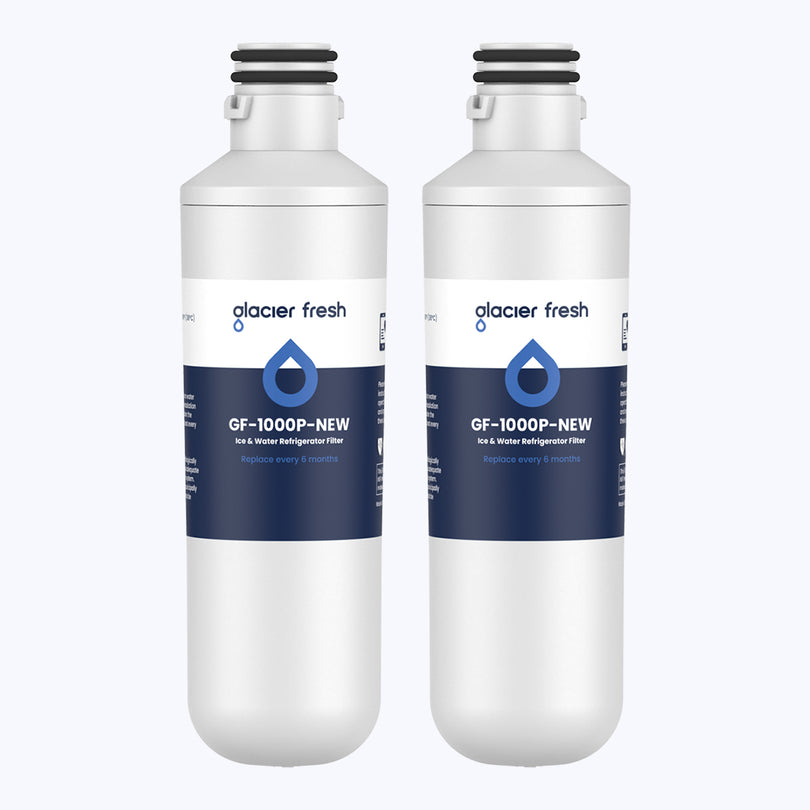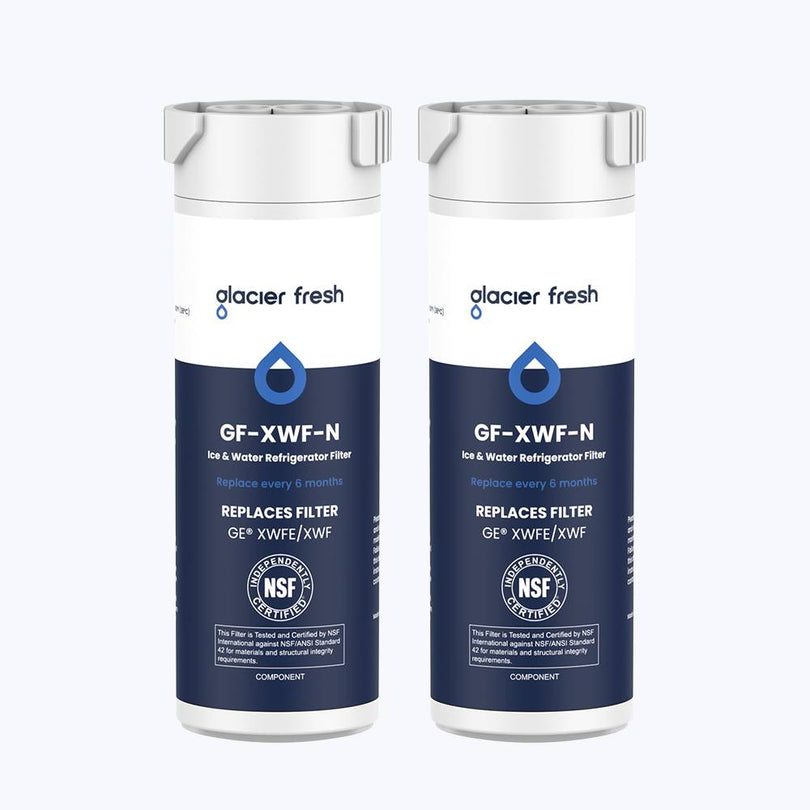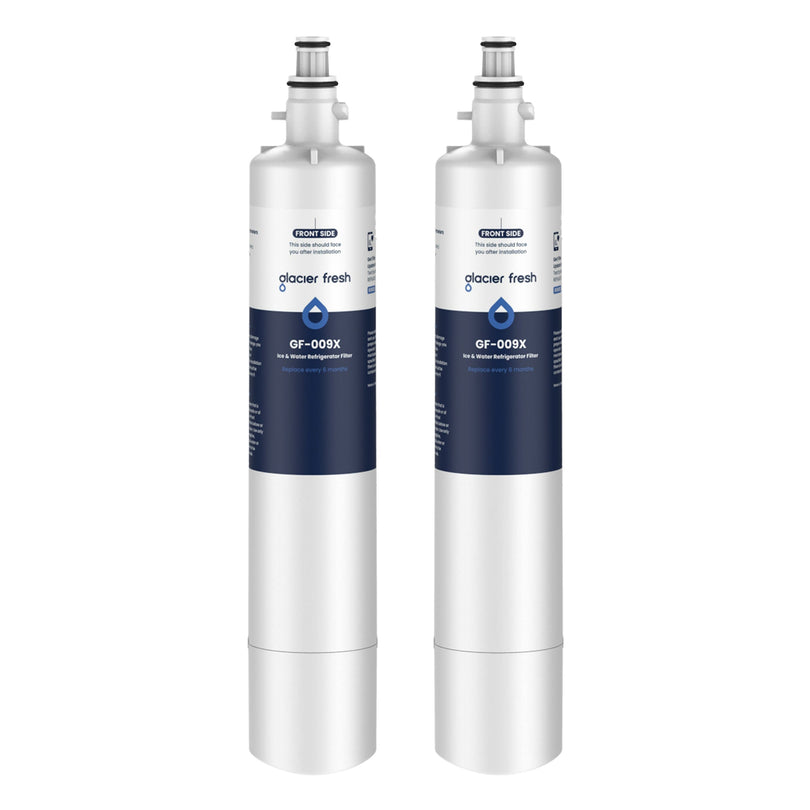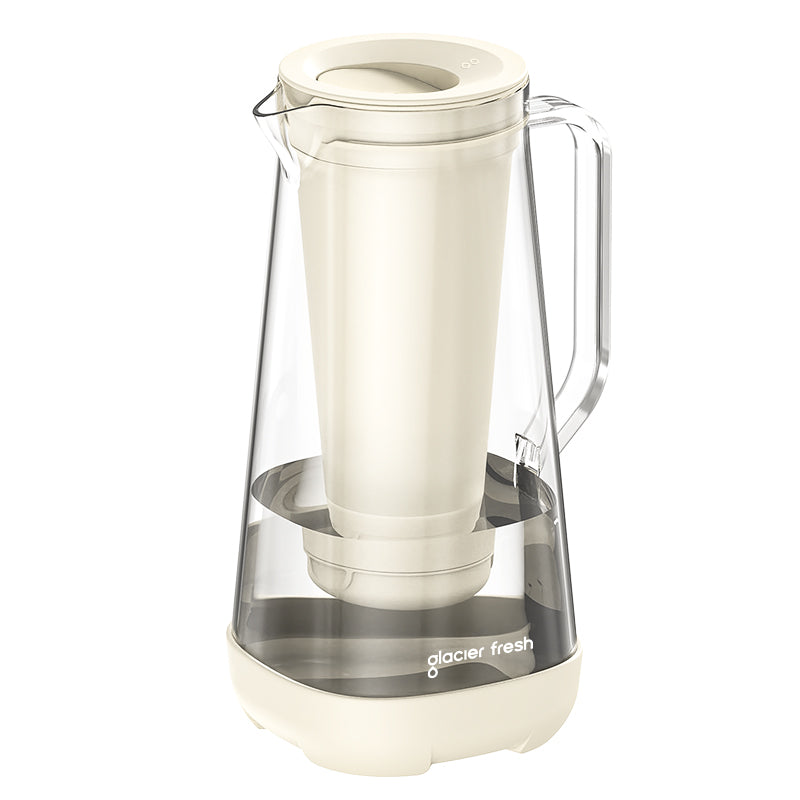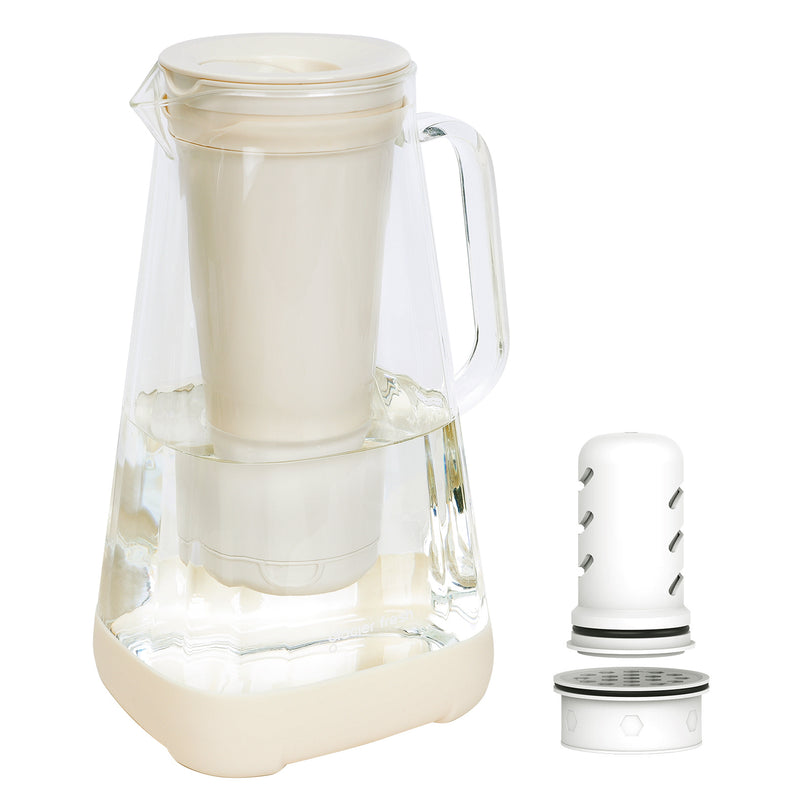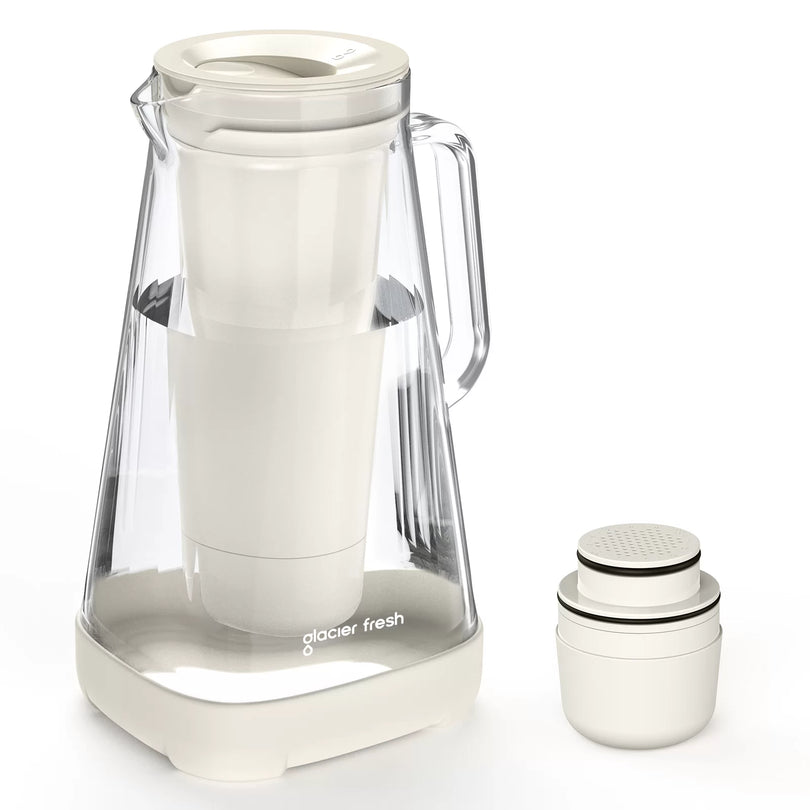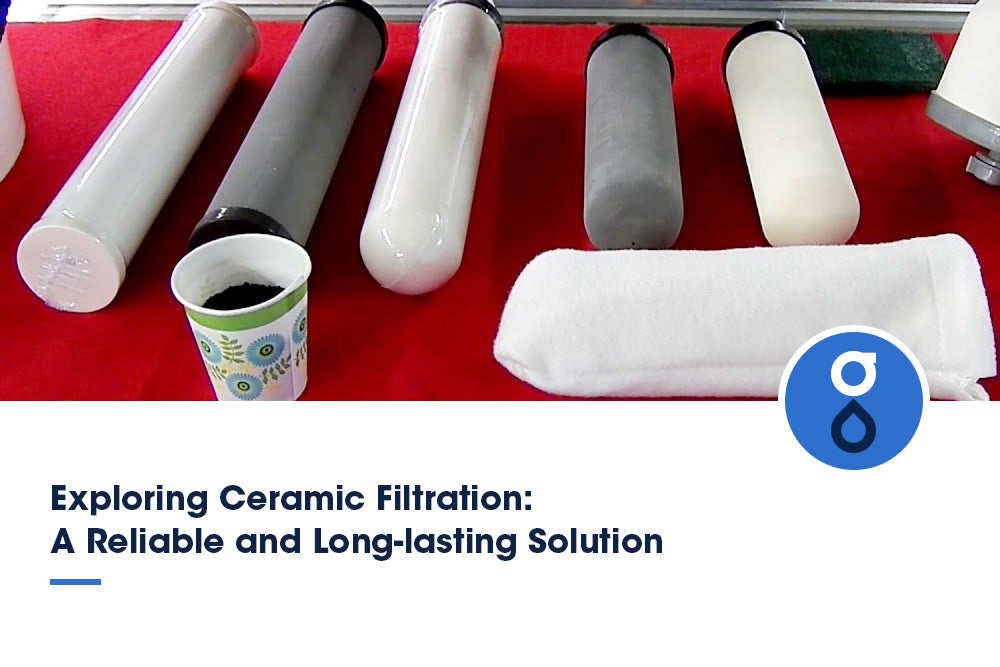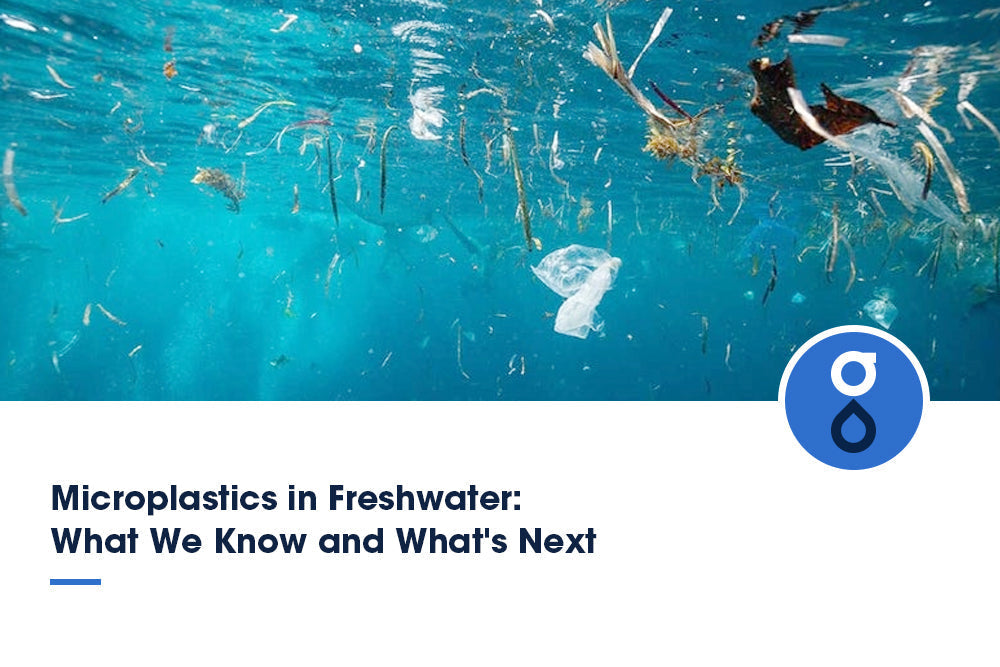Table of Contents:
PFAS-Kontamination verstehen
US-Bundesvorschriften zu PFAS im Trinkwasser
Richtlinien auf Landesebene für das PFAS-Management
Strategien zur Entfernung und Behandlung von PFAS
FAQs
Abschluss
Per- und polyfluorierte Alkylsubstanzen (PFAS) bezeichnen eine große Gruppe künstlicher Chemikalien, die seit den 1940er Jahren in großem Umfang in Industrie- und Konsumgütern verwendet werden. Diese Chemikalien zeichnen sich durch starke Kohlenstoff-Fluor-Bindungen aus, die sie hitze-, wasser- und ölbeständig machen. Diese Eigenschaften sind zwar für antihaftbeschichtetes Kochgeschirr und schmutzabweisende Textilien wünschenswert, führen aber auch dazu, dass PFAS in der Umwelt und im menschlichen Körper verbleiben.
Die Besorgnis über die PFAS-Verunreinigung des Trinkwassers und die möglichen gesundheitlichen Auswirkungen einer Belastung durch das Trinkwasser wächst. Dieser Artikel bietet einen Überblick über die aktuellen bundesstaatlichen und staatlichen Vorschriften und Richtlinien zu PFAS im Trinkwasser in den USA.
PFAS-Kontamination verstehen

PFAS gelangen durch industrielle Abwässer sowie durch die Verwendung und Entsorgung PFAS-haltiger Produkte in die Umwelt. Diese Chemikalien gelangen in Grund- und Oberflächengewässer, die als Trinkwasser genutzt werden. Zwei der am besten untersuchten PFAS sind Perfluoroctansäure (PFOA) und Perfluoroctansulfonsäure (PFOS).
Der Mensch ist durch verunreinigtes Trinkwasser, Lebensmittelverpackungen und schmutzabweisendes, antihaftbeschichtetes Kochgeschirr mit PFAS in Berührung gekommen. PFAS reichert sich im menschlichen Körper an und wird mit gesundheitlichen Auswirkungen in Verbindung gebracht, darunter erhöhte Cholesterinwerte, verminderte Impfreaktionen bei Kindern, Schilddrüsenerkrankungen sowie Hoden- und Nierenkrebs. Die Persistenz und Mobilität von PFAS in der Umwelt und das gestiegene Bewusstsein für potenzielle Gesundheitsrisiken haben zu Bemühungen geführt, PFAS in der Trinkwasserversorgung zu überwachen und zu regulieren.
US-Bundesvorschriften zu PFAS im Trinkwasser
Überblick über die nationalen Trinkwasservorschriften (NPDWRs)
Der Safe Drinking Water Act (SDWA) ermächtigt die US-Umweltschutzbehörde (EPA) , nationale Trinkwasservorschriften (NPDWRs) zum Schutz der öffentlichen Gesundheit vor Verunreinigungen im Trinkwasser festzulegen. Die NPDWRs enthalten verbindliche Höchstwerte für Schadstoffe (MCLGs) und durchsetzbare Höchstwerte für Schadstoffe (MCLs) für bestimmte Schadstoffe.
MCLGs sind nicht durchsetzbare gesundheitsbezogene Ziele, die auf Werte festgelegt sind, unterhalb derer keine gesundheitsschädlichen Auswirkungen des Schadstoffs zu erwarten sind. MCLs sind durchsetzbare Standards, die unter Berücksichtigung der Behandlungskosten und der technischen Machbarkeit so nah wie möglich an den MCLGs liegen. Öffentliche Wasserversorgungssysteme sind verpflichtet, Wasser für die regulierten Schadstoffe unterhalb der MCLs aufzubereiten.
Rolle der Environmental Protection Agency (EPA)
Die EPA führt regelmäßige Überprüfungen durch, um Schadstoffe zu identifizieren, die möglicherweise einer Regulierung gemäß dem SDWA bedürfen. Die Behörde wertet PFAS als Trinkwasserschadstoffe, die möglicherweise bundesgesetzlich geregelt sind. Als Zwischenschritt hat die EPA nicht durchsetzbare Gesundheitsempfehlungen (HAs) für PFOA und PFOS in Bezug auf Trinkwasser erlassen, die den staatlichen Regulierungsbehörden und Gesundheitsbehörden als Orientierung dienen sollen.
Strategischer Fahrplan der EPA für das PFAS-Management im Trinkwasser

Im Oktober 2021 veröffentlichte die EPA ihren strategischen PFAS-Fahrplan, der Maßnahmen zur landesweiten Bekämpfung der PFAS-Verschmutzung skizziert. Speziell für Trinkwasser legt der Fahrplan die Absicht der EPA dar, die Einführung nationaler primärer Trinkwasservorschriften für PFOA und PFOS zu prüfen. Bis 2023 wird eine behördliche Entscheidung darüber erwartet, ob eine Regulierung dieser beiden Chemikalien im Trinkwasser im Rahmen des SDWA gerechtfertigt ist.
Bundesweite Ziele für maximale Schadstoffwerte (MCLGs)
Derzeit gibt es für keine PFAS bundesweite MCLGs oder durchsetzbare MCLs gemäß dem SDWA. Im Jahr 2016 erließ die EPA eine nicht durchsetzbare lebenslange Gesundheitsempfehlung (LHA) von 70 Teilen pro Billion (ppt) für die kombinierten PFOA- und PFOS-Werte im Trinkwasser. Diese LHA bietet empfindlichen Bevölkerungsgruppen wie Säuglingen und stillenden Müttern einen gewissen Schutz vor gesundheitsschädlichen Auswirkungen über die gesamte Lebensdauer hinweg.
Im Juni 2022 senkte die EPA die LHA-Werte für PFOA und PFOS deutlich auf nahezu Null, nämlich auf 0,004 ppt bzw. 0,02 ppt. Die EPA erklärte, dass die aktualisierten LHA-Werte nun die besten verfügbaren, von Experten begutachteten wissenschaftlichen Erkenntnisse der Behörde zu den gesundheitsschädlichen Auswirkungen dieser beiden PFAS widerspiegeln. Obwohl sie nicht rechtlich durchsetzbar sind, können die überarbeiteten LHA-Werte die Bemühungen von Bundes-, Landes- und Kommunalbehörden zur Bekämpfung von PFAS im Trinkwasser unterstützen.
Meldestufen für öffentliche Wassersysteme (PWSs)
Zusätzlich zum LHA hat die EPA basierend auf den Möglichkeiten bestehender Analysemethoden einen nicht-regulatorischen Meldegrenzwert von 10 ppt für PFOA und 40 ppt für PFOS für öffentliche Wassersysteme (PWS) festgelegt. Bei Überschreitung dieses Meldegrenzwerts müssen die PWS Maßnahmen wie gezielte Überwachung, Behandlungsverbesserungen und öffentliche Benachrichtigungen in Erwägung ziehen. Die Reaktion muss jedoch nicht zwingend auf das Überschreiten des Meldegrenzwerts selbst erfolgen.
Richtlinien auf Landesebene für das PFAS-Management

In Ermangelung bundesstaatlicher Regulierungsstandards haben viele Bundesstaaten bereits ihre eigenen Trinkwasserrichtlinien und Vorschriften für PFAS-Chemikalien festgelegt:
- Mindestens 29 Bundesstaaten haben Trinkwasserrichtlinien für bestimmte PFAS-Substanzen, am häufigsten PFOA und PFOS, vorgeschlagen oder festgelegt. Die staatlichen Richtlinien reichen von 2 ppts in New Hampshire bis zu 500 ppts in Texas.
- Fünf Bundesstaaten (Michigan, New Hampshire, New Jersey, New York und Vermont) haben gesetzlich durchsetzbare Grenzwerte für bestimmte PFAS-Verbindungen festgelegt. Beispielsweise liegt der Grenzwert für PFOA, PFOS, PFHxS und PFNA in New Hampshire bei insgesamt 70 ppt.
- Einige Bundesstaaten orientieren sich an den LHA-Werten der EPA oder haben Richtlinien, die den LHA-Konzentrationen entsprechen. Andere haben strengere Werte als die nicht durchsetzbaren LHA-Werte der EPA festgelegt.
- Die Bundesstaaten überprüfen und überarbeiten ihre PFAS-Trinkwasserrichtlinien und -vorschriften aktiv, da sich die Toxizitätsdaten weiterentwickeln. So hat beispielsweise Vermont seinen MCL für PFOA aufgrund neuer wissenschaftlicher Erkenntnisse von 20 ppt auf 10 ppt im Jahr 2022 gesenkt.
Strategien zur Entfernung und Behandlung von PFAS

Öffentliche Wassersysteme mit PFAS-Werten, die die gesetzlichen Grenzwerte und Gesundheitsempfehlungen überschreiten, benötigen wirksame Behandlungslösungen. Mehrere etablierte Technologien können PFAS auf niedrige oder nicht nachweisbare Werte reduzieren:
Physikalische Behandlungsmethoden
Die physikalischen Behandlungsmethoden zur Bekämpfung der PFAS-Kontamination umfassen den Einsatz verschiedener Techniken, um diese schädlichen Chemikalien in Wasserquellen zu entfernen oder deren Konzentration zu reduzieren.
- Die Adsorption von granulierter Aktivkohle (GAC) ist eine der bewährtesten und praktischsten Methoden zur Entfernung von PFAS aus Trinkwasser. PFAS-Verbindungen adsorbieren an der porösen GAC-Oberfläche. GAC-Filter müssen regelmäßig ausgetauscht werden, wenn sie gesättigt sind.
- Bei der Umkehrosmose (RO) wird Wasser durch eine semipermeable Membran gepresst, die PFAS und andere Schadstoffe herausfiltert. Die Rückgewinnungsrate des aufbereiteten Wassers beträgt je nach Systemkonfiguration ca. 50–85 %.
- Ionenaustauscherharze (IX) tauschen PFAS-Anionen im Zulaufwasser gegen ungefährliche Anionen wie Chloride auf dem Harz aus. Sobald das Harz erschöpft ist, muss es ausgetauscht werden.
Chemische Behandlungsmethoden
Um die PFAS-Kontamination zu bekämpfen, sollten Sie chemische Behandlungsmethoden wie Oxidation oder Koagulation in Betracht ziehen. Diese Methoden zersetzen und entfernen PFAS-Verbindungen effektiv aus dem Wasser.
- Durch elektrochemische Oxidation/Reduktion werden PFAS-Verbindungen mithilfe elektrisch erzeugter reaktiver Oxidations- oder Reduktionsmittel in sicherere Komponenten zerlegt.
- Chemische Oxidation zerstört PFAS durch Reaktionen mit Oxidationsmitteln wie Wasserstoffperoxid, Persulfat oder Ozon. Bei unvollständiger Oxidation können jedoch Zwischenprodukte entstehen.
Neue Technologien zur PFAS-Entfernung
Derzeit wird an neuen, kostengünstigeren Technologien zur Entfernung von PFAS geforscht, darunter:
- Fortschrittliche Oxidation durch UV-Bestrahlung in Verbindung mit Katalysatoren.
- Durch plasmainduzierte Oxidation werden hochreaktive Spezies erzeugt, die PFAS zerstören.
- Biofiltration durch technische Medien mit immobilisierten PFAS-abbauenden Mikroben.
- Schaumfraktionierung zur selektiven Konzentration und Entfernung oberflächenaktiver PFAS-Wirkstoffe.
- Zerstörung von PFAS-Verbindungen bei hohen Temperaturen.
Die Einführung von Behandlungstechnologien, die PFAS deutlich reduzieren, um den sich entwickelnden gesetzlichen Standards gerecht zu werden, kann für einige kleinere Wassersysteme erhebliche Kosten verursachen. Staatliche Finanzierung und Unterstützung werden für von PFAS-Verunreinigungen betroffene Gemeinden von entscheidender Bedeutung sein.
FAQs
Wie lange dauert es, bis PFAS in der Umwelt abgebaut werden?
Der Abbau von PFAS in der Umwelt kann lange dauern, manchmal Jahrzehnte. Sie sind widerstandsfähig gegen Abbau und können in Boden, Wasser und Luft verbleiben, was potenzielle Risiken für die menschliche Gesundheit darstellt.
Können PFAS mithilfe von Haushaltsfiltersystemen aus dem Trinkwasser entfernt werden?
Ja, Haushaltsfiltersysteme können einige PFAS aus dem Trinkwasser entfernen. Es ist jedoch wichtig zu beachten, dass diese Systeme nicht alle PFAS-Typen effektiv entfernen können. Daher ist die Wahl eines Filtersystems, das speziell auf PFAS ausgerichtet ist, entscheidend. Um eine ordnungsgemäße Behandlung zu gewährleisten, ist es ratsam, Experten auf diesem Gebiet zu konsultieren.
Wie kann ich außer durch Trinkwasser noch PFAS ausgesetzt sein?
Die Aufnahme von PFAS kann über in PFAS-haltigen Materialien verpackte Lebensmittel, den Verzehr von Fisch aus kontaminierten Gewässern, die Verwendung von flecken- und wasserabweisenden Produkten, Kosmetika, Reinigungsprodukten und mehr erfolgen.
Abschluss
Die Bekämpfung von PFAS im Trinkwasser ist ein zunehmendes Problem der öffentlichen Gesundheit. Während bundesstaatliche Regulierungsstandards noch ausstehen, weisen staatliche Richtlinien und Gesundheitsempfehlungen darauf hin, wie wichtig es ist, die Belastung mit diesen hochbeständigen Chemikalien zu reduzieren. Die Installation von Aufbereitungstechnologien, die den PFAS-Gehalt deutlich senken können, wird für viele öffentliche Wassersysteme zunehmend wichtiger. Um diese Herausforderung zu bewältigen und die Sicherheit unserer lebenswichtigen Wasserversorgung zu gewährleisten, bedarf es kontinuierlicher Forschung zur PFAS-Toxizität und zu kostengünstigen Aufbereitungstechnologien. Um das komplexe Problem der PFAS-Verunreinigung zu lösen, ist ein konzertiertes Vorgehen von Regulierungsbehörden, Wasserversorgern und lokalen Gemeinden erforderlich.

